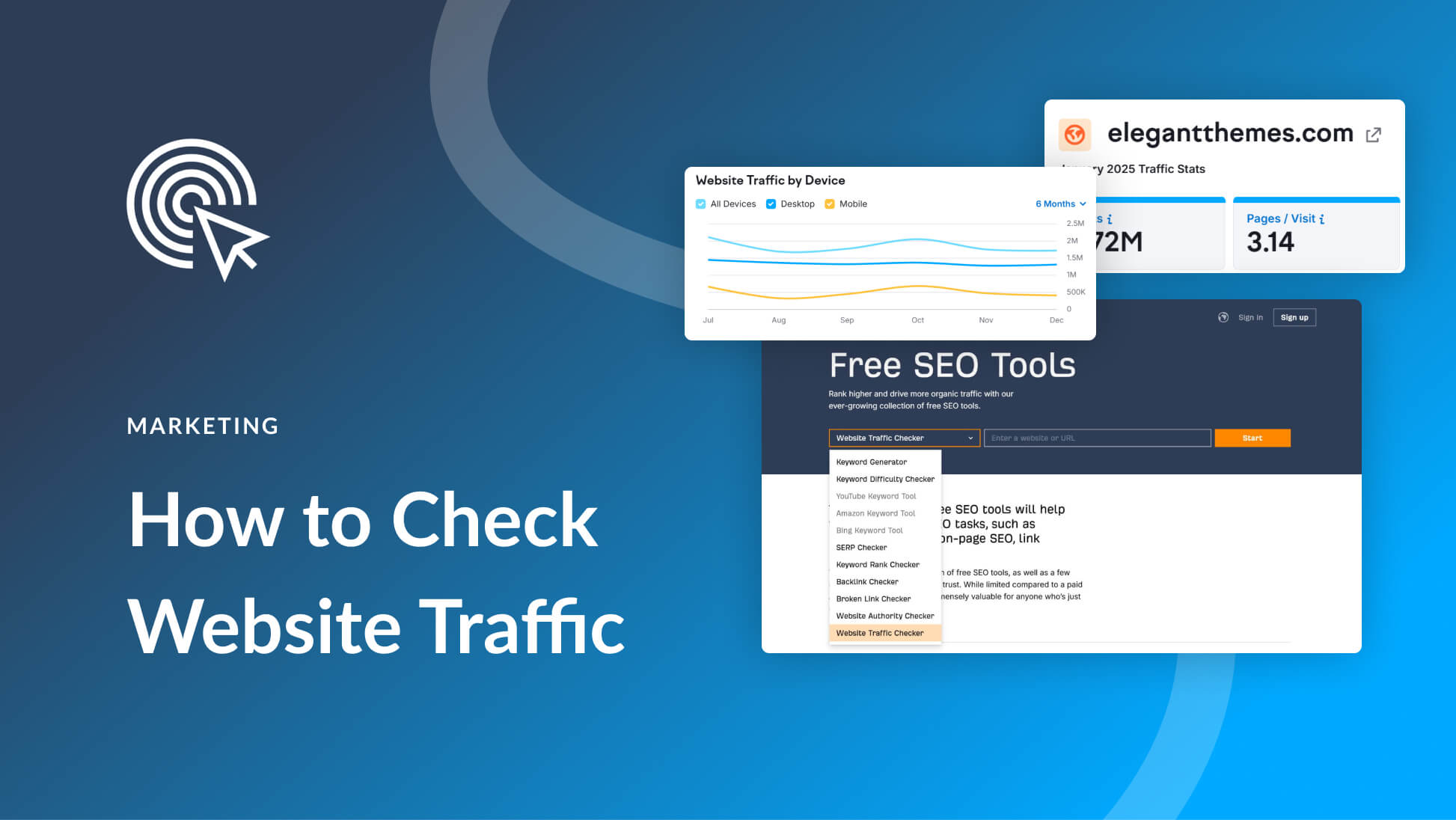Storytelling is the thing that sets brands and products apart from their competitors these days. Your brand probably already uses storytelling in your marketing in some way, but it might not be conscious. You focus on the user and the customer. You tell them what problems of theirs you can solve. Consciously integrating narrative as a part of your marketing strategy not only changes the way you write copy and present your brand but also customers will look at your services and products will never be the same.
Starting Out with Storytelling
If you haven’t considered using this method of marketing before, you may be asking why storytelling? To which we answer, it’s powerful. One of the most fundamental aspects of human psychology is the attempt to keep things framed in narrative. Myths explained how things work to almost every culture out there, not because they were correct, but because they were understandable. We are drawn to narrative partly because it just makes sense to us. We understand the flow of time and events innately, and empathy and community are instinctual.
So what does this have to do with marketing?
Everything. Because narrative and storytelling is so ingrained in our psychology, the more you tie stories into your products, brands, and services, the more your customers (and potential customers) will engage with you.
Look at HubSpot, one of the largest producers of marketing content and services on the web. Their About page is actually titled Our Story.

The story then breaks down what led HubSpot to be founded, the reasons they were successful despite challenges, and how the company functions today. Strangely (actually, it’s not strange at all), that structure follows a 3-act story structure of Inciting Incident, Rising Action/Climax, and Resolution.
When you’re looking to integrate storytelling into your marketing, it’s that kind of human element and structure you need to keep in mind. However, not every instance of using narrative to further your brand has to be so intricate. Sometimes, you may not be telling a 3-act arc, but instead a vignette or short story to grab your user’s attention and close the sale as quickly as possible. The important part isn’t the kind of story you tell, but that you’re telling a story at all.
Why Storytelling in Marketing Works
We mentioned how storytelling uses people’s psychology to more effectively connect them to the product, but the real reason this works is not because of the product itself. Marketing with storytelling is actually about problem solving more than product sales. Working with Millennials and Generation Z, specifically, means that you have to stand out from the crowd. And that’s hard.
Not because your product isn’t spectacular. It very likely is. It’s because other products (your competitors) are equally spectacular. So you have to focus not on your product, but the problem your product solves. That’s the power of storytelling. That’s why narrative marketing works so well.
You make yourself stand out because of the good that you can do for someone, not solely because of the doodad that you’re selling. Focusing on the issue that your customers and clients face creates a more personal connection to you and your product, which in turn allows them to see themselves in the story that you’re telling.
The Easiest Way to Introduce Storytelling: Testimonials
Testimonials are far and above the easiest (and one of the most effective) storytelling devices that you can use. How do we know? Because our Freelance Freedom video featuring Geno Quiroz is one of our highest performing videos on YouTube. Geno tells his story about what kind of impact Divi had on his career, and people love it.
They love it because it’s real. Because it’s human. And because it’s a story viewers both want to see themselves in and can see themselves in.
So if you have any kind of product or service that has a loyal (or rabid) fanbase, work some testimonials into your page. Feature them prominently. Make them a part of your landing pages, your product pages, and an element of your external marketing. They don’t all have to be long-form posts or videos.
Testimonials that are blurbs or paragraphs work, too. Because no matter the length, the story gets across to the end user: this product changed something important about my life. And that is the best marketing you can do. You can talk about how great you are all day long, and people will tune out. Have someone else toot your horn, and customers will flock in droves.
Give Customers a Chance to Tell Their Stories
You telling your company’s story is effective. So is reaching out and featuring prominent community members so they can tell their own story. Those, unfortunately, are biased. Customers know that. As a company, they’re still technically self-promotion. They are your version of events, told through the lens of your fans. Not that they aren’t true — they are absolutely true. However, they’re still self-promotional.
So how do you avoid that?
By giving your customers a chance to tell their stories on your platform (or finding their stories elsewhere and featuring them on your platform). Sometimes, this might be in the form of a review. By offering your visitors and customers a chance to leave and read reviews of various products and services, you’re opening them up to tell their stories about how they use it and how they benefit from it.
Newcomers to the site will see these as candid shots from someone else’s life that have no connection to your company except that they thought highly enough of you that they wanted to share their experience. To tell their story.
Millennials are a prime demographic for this kind of storytelling, preferring to hear about people’s real experiences and stories with a service than believing sales copy or paid advertising. Users see content generated by other people (who are like them) as more truthful, more critical, and more believable because you can see behind the ad copy and promo photos.
You can do this in a number of ways. Call-ins to your podcasts, a review platform on your website, regular user highlights on your site, and so on. The web has moved toward user-generated content over the years, and for good reason. It works. The psychology behind storytelling proves it.
Make Up a Story About Your Product
If you’re not so interested in relying on your users to generate that content, or maybe you are just starting out and don’t have user stories to feature, there’s only one thing to do. You make stuff up.
Yep, you heard us. Make up the stories that you think your target audience wants to hear. Now, we don’t mean lie. We don’t mean to be conniving or unethical. We mean that you should provide some ideal use-cases for this product or service in narrative form to give the potential customers an idea of what they can expect in their own lives.
For example, maybe you are a new local shop that caters to runners. Your website is beautiful, your marketing plan is ready to go, and you even have a strategy for directing local business online for email signups and training resources. You have running groups for every distance and age. But you’re new, and people may not know what they’re signing up for. This is where making up your own story about the products or services enter into the equation.
Traditional Sales Copy
A typical website or promotion might include some text along these lines.
Runners who complete our half-marathon or marathon training are sure to finish their races with a personal best and a smile on their face. You’ll make friends, get stronger and fitter, and feel better than you have in years.
Not only is that generic, but it’s also kind of preposterous to experienced runners. No training group can for sure guarantee a personal best time, and a smile on your face after a marathon? Less than likely.
But if you use storytelling, you can give your visitors a glimpse of what their experience could be like if they participate in your training group.
Storytelling Copy
You take your eyes off the person running in front of you just long enough to look at your watch. 20 miles, it says. You’ve run 20 miles, and you’re exhausted. You look back up, and instead of a throng of your fellow runners, you see a gigantic wall blocking your path. A quick glance behind you lets you see Matt Inman’s Blerch hot on your heels. There’s no way you can run another 6.2 miles, another 10k. You’re going to hit that wall and be stopped. The Blerch will grab you and shove cake in your mouth and tell you it’s okay to stop running.
But you want to finish this race. You are on pace for a personal best time, and you have plans for a celebratory dinner after you cross the finish line. Not only that, your friends from the StorytimeRuns training group will be there waiting. With open arms. Or maybe you’ll be waiting on them. You smile at the thought of the friends you’ve made through training. You dig deep and take a deep breath. Charging the wall, you break through. Bricks shatter and rubble goes everywhere. The Blerch trips and stumbles, and you leave the chubby little cherub in the debris.
You’ve trained for this. Another 10k or another 10 miles, you know you were prepared the right way for this moment. You’ve got this.
You can write something much simpler, too. You simply need to show how the user can integrate the product into their lives.
Joshua runs out of energy every time he goes for a run. He loves to run, and he’s been an athlete for years, but as he’s gotten older, his energy levels have waned. At some point, he saw an ad for Super Energy Gummeez on the internet and decided to try a handful. On the next few runs, Joshua chomps down on a few Gummeez when he feels the first pangs of sluggishness. In a flash, he feels better and can finish the rest of his route without the crash he’s felt lately.
Show (don’t tell) the target audience how the product can be used in a real-life scenario. That approach can be the difference between a sale and a bounce.
Real-life Example
We implement this strategy on Elegant Themes. If you tune in to our regular Tuesday livestreams, you will see the team showing you various use-cases with Divi and how to solve problems and create usable designs and layouts. Our purpose is to show you how it can be done so that you see how effective it is. You can then take that information and work those solutions into your projects.
That’s all storytelling in marketing is: creating the connection between a product and someone’s real life.
What Story Are You Going to Tell?
To wrap up, we want to leave you with a simple question: what story are you going to tell? Remember, though, that there is no right or wrong answer to the question.
You might have an amazing origin story for your brand, or you might have a corral of super-influencers in your corner. Perhaps your users are rabid and want nothing more than to be given the opportunity to champion your brand and products and tell the world how you made their lives better and solved all their problems.
No matter what story it is, the important thing here is that you tell it. Don’t rush into it if you’re worried about how to start integrating these elements into your marketing strategy. Do it one page, one product, one user at a time. Gauge the reception, look at your analytics, and determine what your best and most effective channels would be.
What kind of storytelling to you implement into your marketing campaigns?
Article featured image by Boyko.Pictures / shutterstock.com









A story is a lingo your audience speaks, and that is why storytellers dominate the marketing world today. Engagement, Drama, and emotions are what people need to remember and trust your brand. Tell them a story, show benefits and your campaign will survive in today fast-paced world of marketing races.
That’s a really good way of putting it, Sajeed. I’m gonna take that, haha. I really like “a story is a lingo your audience speaks.” Like a lot. 😀
B.J. Keeton,
Thank you very much! You just ignited a new initiative for our small home theater / smart home integration company. Here’s the idea:
We get small jobs all the way up to very large jobs. In every case, our clients have given us permission to take and use non-identifying pictures. We then use those pictures on our (Divi, of course) website. Up to now, we’ve only maintained a gallery with no text. Thanks to your post, we’re going to expand on that concept to include a Case Studies section to include:
Pictures (as before)
A short case study talking about our client’s motivation, what they wanted, and what we did
Possibly a very short video for our YouTube channel
Of course, the usual Twitter / Facebook / Pinterest / Instagram treatment
Hmm… Maybe a short interview with the client on their thoughts? This would be for the text part with no pictures/video/names of the clients. We’ll have to cogitate on this last part
Again, B.J. — Thank you!
I think that’s a fantastic idea, Steve! I especially love the idea of the short interview. Just snippets like that can help other people find parts of their projects they didn’t know they needed. Videos on YouTube are great, too, and you can even use some of those as the trailer for your channel to get it in front of even more eyes. You folks really seem like you’re gonna knock this one out of the park! Good luck!